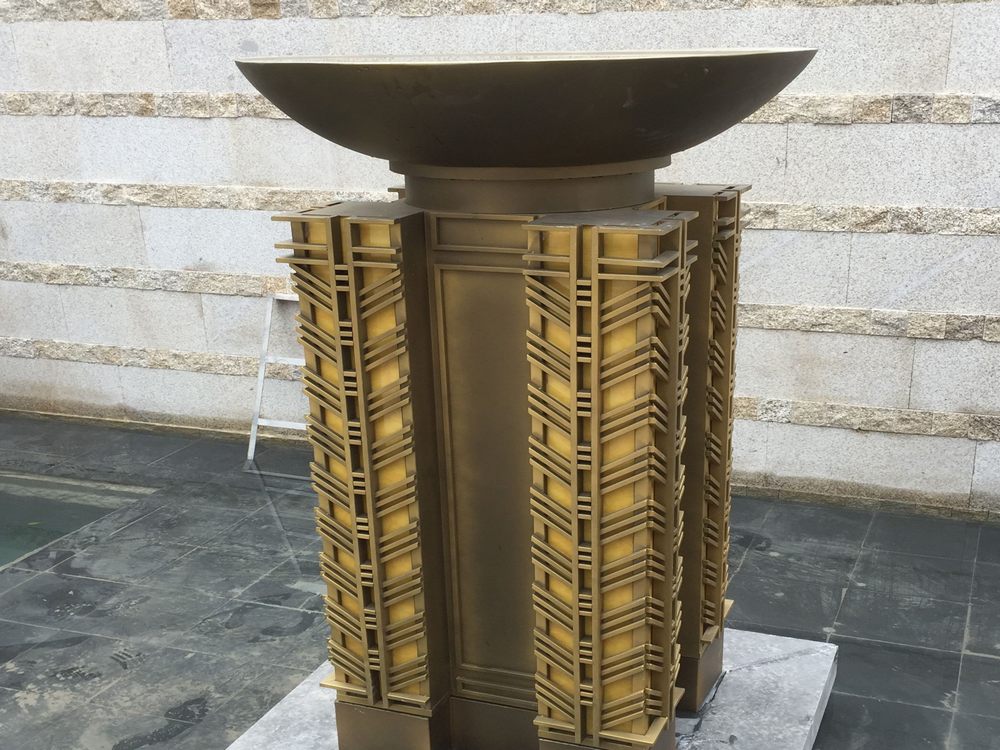
The choice of stone in sculpture is not merely a matter of durability or aesthetics—it profoundly influences how light and shadow interact with the artwork, defining its visual narrative. Different stones possess unique textures, densities, and reflective qualities that dictate the play of light across their surfaces.
For instance, marble, with its fine grain and translucency, captures light softly, creating gentle gradients and subtle shadows that enhance realism. In contrast, granite’s coarse texture scatters light, producing dramatic contrasts and sharp edges, ideal for bold, modern pieces. Limestone, often porous, absorbs light unevenly, lending a weathered, timeless quality to classical works.
Beyond texture, color plays a pivotal role. Darker stones like basalt absorb light, minimizing reflections and emphasizing solidity, while lighter stones like alabaster diffuse light, giving sculptures an ethereal glow. The sculptor’s chisel marks further manipulate these effects; polished surfaces reflect light crisply, whereas rough finishes scatter it organically.
Ultimately, the stone’s inherent properties become collaborators in the artistic process, transforming static forms into dynamic compositions that shift with the viewer’s perspective and ambient lighting. Mastery of this interplay elevates a sculpture from mere object to a living dialogue between material and light.

